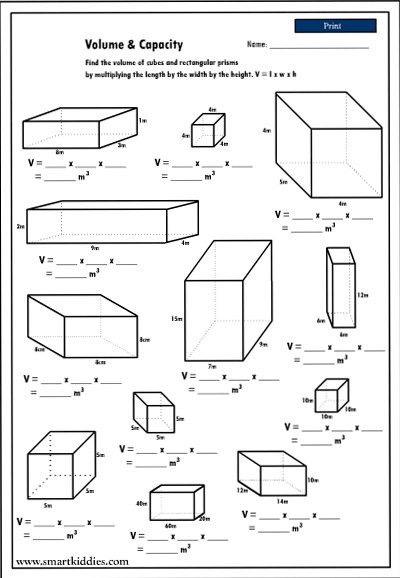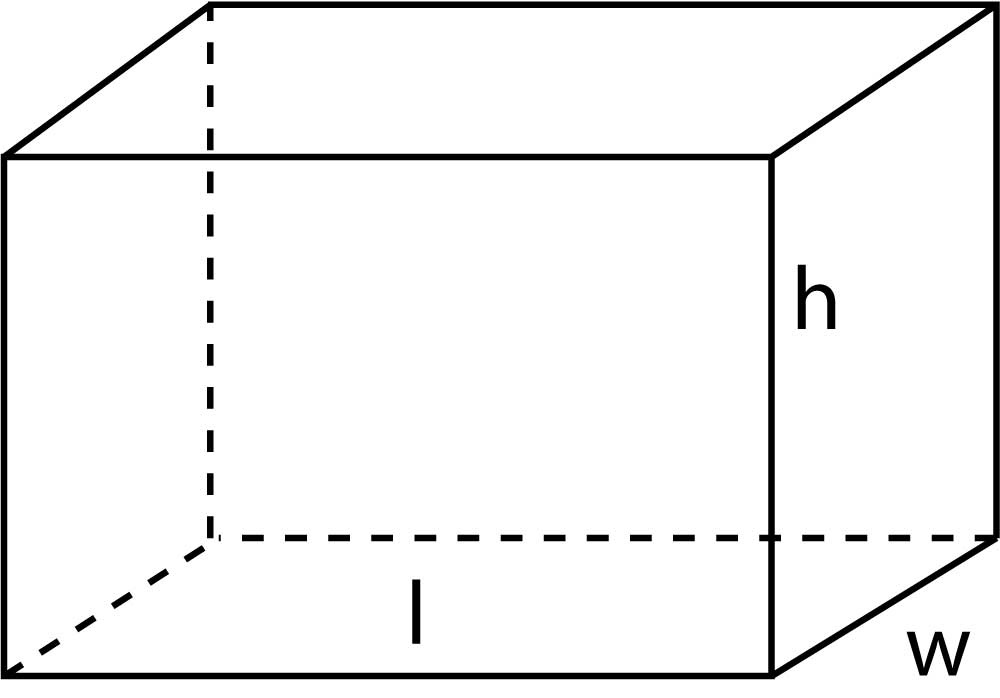

High surface areas, pore volumes, and high gas uptake that make them They are easily tunableīy altering these building blocks, which results in a wide range of Metal nodes connected by organic ligands. Nanomaterials named metal–organic frameworks (MOFs) has been The value of one would decrease the value of the other, which is describedĪs Robeson’s upper bound. Selectivity and permeability exists for polymeric membranes. Such as low permeability and selectivity and insufficient chemicalĪnd thermal stability. Membranes are also commercially used, but they can suffer from drawbacks However, theyĪre energy demanding and costly. 3 Current technologies for carbonĭioxide removal include the usage of liquid solvents. Furthermore, CO 2 is known to cause pipeĬorrosion in industry in the presence of water as it forms acidic That methane is rich in calorific energy while carbon dioxide has Is important as it will result in a more energy dense product, given 1, 2 Removing carbon dioxide from methane Synthetic method for CuBDC nanosheets is underlined.ĬO 2/CH 4 gas mixtures are present in natural Of missing linker defects in the nanosheets. Rather than relying solely on pure component data and ideal selectivity.įurthermore, the separation is shown to be sensitive to the presence Show that it is essential to consider the real mixture in these systems Of the methane molecules on the surface of the nanosheet.

To the bulk CuBDC MOF which is due to the mass transfer resistance The MON structure achievesĪ better selectivity of CO 2 over CH 4 compared The CO 2 molecules occupy adsorption sites and significantly Simulations reveal a pore blocking separation mechanism, in which We report the results of external force nonequilibrium molecularĭynamics (EF-NEMD) for pure components and binary mixtures.

In this work, we model the CO 2/CH 4 separation in both defect-free and defective 2D CuBDC nanosheetsĪnd compare their performance with the bulk CuBDC MOF and experimentalĭata. To outperform conventional separation methods and bulk metal–organicįrameworks (MOFs). Metal–organic framework nanosheets (MONs), has shown the potential The separation of CO 2/CH 4 gas mixtures isĪ key challenge for the energy sector and is essential for the efficient


 0 kommentar(er)
0 kommentar(er)
